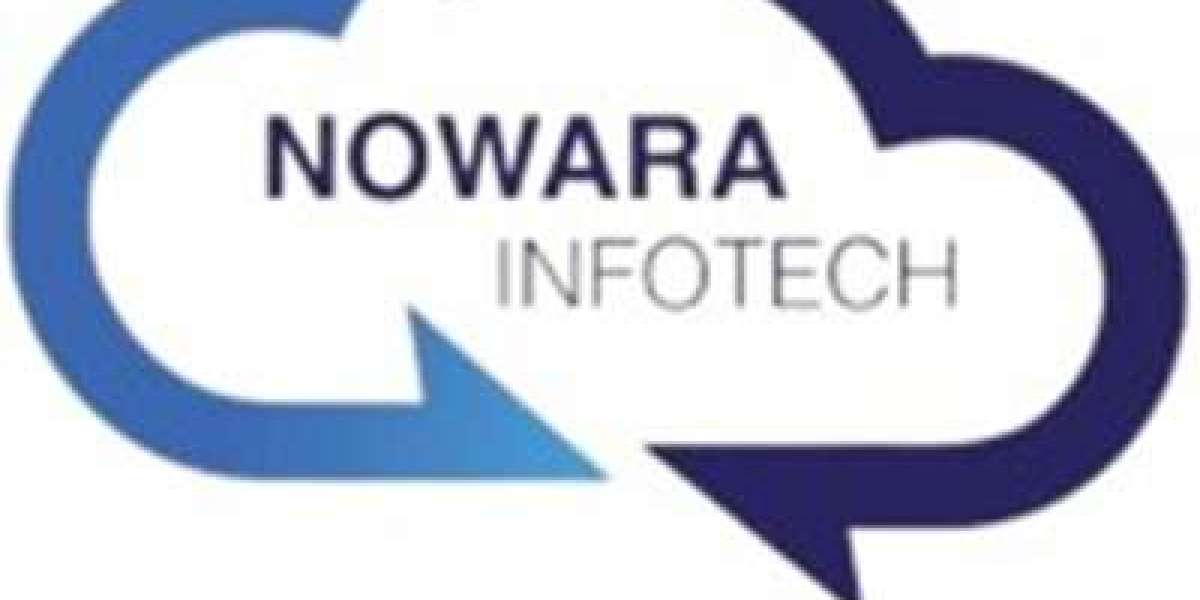The food industry is witnessing a significant shift towards cleaner and safer ingredients. One such trend is the growing demand for titanium dioxide-free food coatings. Titanium dioxide (TiO2) has been widely used in the food industry for its whitening and opacifying properties, often found in products like confectionery, bakery items, and dairy products. However, concerns about its safety, particularly its potential as a carcinogen, have prompted both consumers and regulatory bodies to demand alternatives. This article explores the emerging trends in the titanium dioxide-free food coating market, focusing on market drivers, challenges, and future prospects.
The Role of Titanium Dioxide in Food Coatings
Titanium dioxide is commonly used as a food additive, primarily for its ability to provide a glossy, white finish to food items. It also acts as a stabilizer in certain products, improving texture and enhancing visual appeal. It is most frequently found in powdered sugar, chewing gum, and salad dressings, among others. However, in recent years, concerns have been raised regarding the safety of titanium dioxide in food products. The European Food Safety Authority (EFSA) in 2021 concluded that TiO2 can no longer be considered safe when used as a food additive. This decision was largely based on studies suggesting that TiO2 nanoparticles may have toxicological effects, leading to its ban in the European Union.
This growing scrutiny has led to increased interest in titanium dioxide-free alternatives, especially in food coatings, where the need for a safe, visually appealing product is paramount.
Drivers of the Titanium Dioxide-Free Food Coating Market
Health and Safety Concerns
The primary driver behind the shift towards titanium dioxide-free coatings is growing health and safety concerns. Research linking titanium dioxide to potential health risks such as genotoxicity and carcinogenicity has raised alarms among both consumers and regulators. As a result, manufacturers are actively searching for safer alternatives that meet consumer demand for clean-label and non-toxic products.Regulatory Pressures
Regulatory bodies across the world are increasingly taking a more stringent stance on food additives. In 2021, the European Union banned the use of titanium dioxide in food, following similar regulatory changes in other regions. These regulations have prompted food manufacturers to explore alternatives to ensure compliance and maintain consumer trust.Consumer Demand for Clean Label Products
Modern consumers are becoming more health-conscious and are increasingly interested in products that are free from artificial additives. This has led to a surge in demand for clean-label products—foods that contain only natural ingredients and are free from synthetic chemicals like titanium dioxide. The move towards natural food coatings is part of this broader clean-label trend.Innovation in Natural Food Coatings
Innovations in natural food coatings are another key driver. Manufacturers are exploring a variety of plant-based and natural alternatives to titanium dioxide, such as plant-based starches, gums, and other natural white pigments. These alternatives offer similar visual appeal without the potential health risks associated with titanium dioxide.
Market Challenges
Despite the growing demand for titanium dioxide-free food coatings, the market faces several challenges:
Cost and Availability of Alternatives
One of the biggest challenges in replacing titanium dioxide is the cost and availability of suitable alternatives. Titanium dioxide is relatively inexpensive and widely available, whereas natural alternatives may be more costly or harder to source. For manufacturers, this can translate into higher production costs, which may ultimately affect the price of the final product.Technological Limitations
While alternatives to titanium dioxide are being developed, many of these alternatives do not yet fully replicate the performance characteristics of titanium dioxide, especially in terms of texture, gloss, and stability. As a result, finding an alternative that offers both safety and functionality remains a challenge for food manufacturers.Consumer Education
Educating consumers about the benefits and safety of titanium dioxide-free products is crucial for market growth. While many consumers are aware of the concerns surrounding titanium dioxide, some may still be unfamiliar with the alternatives available. Effective marketing and transparent labeling can help bridge this gap.
Key Players in the Titanium Dioxide-Free Food Coating Market
Several companies are leading the way in the development and commercialization of titanium dioxide-free food coatings. These include major food ingredient suppliers and startups focused on natural food solutions. Some of the key players in this market include:
Cargill Inc.
DuPont de Nemours, Inc.
Ingredion Incorporated
Kerry Group
DSM Nutritional Products
These companies are investing in research and development to create innovative and sustainable food coatings that meet both regulatory standards and consumer expectations.
Future Outlook
The titanium dioxide-free food coating market is expected to continue growing in the coming years, driven by increasing consumer demand for safer, cleaner, and more natural food products. With the rising popularity of plant-based and organic foods, the demand for natural food coatings is likely to increase, offering new opportunities for innovation.








